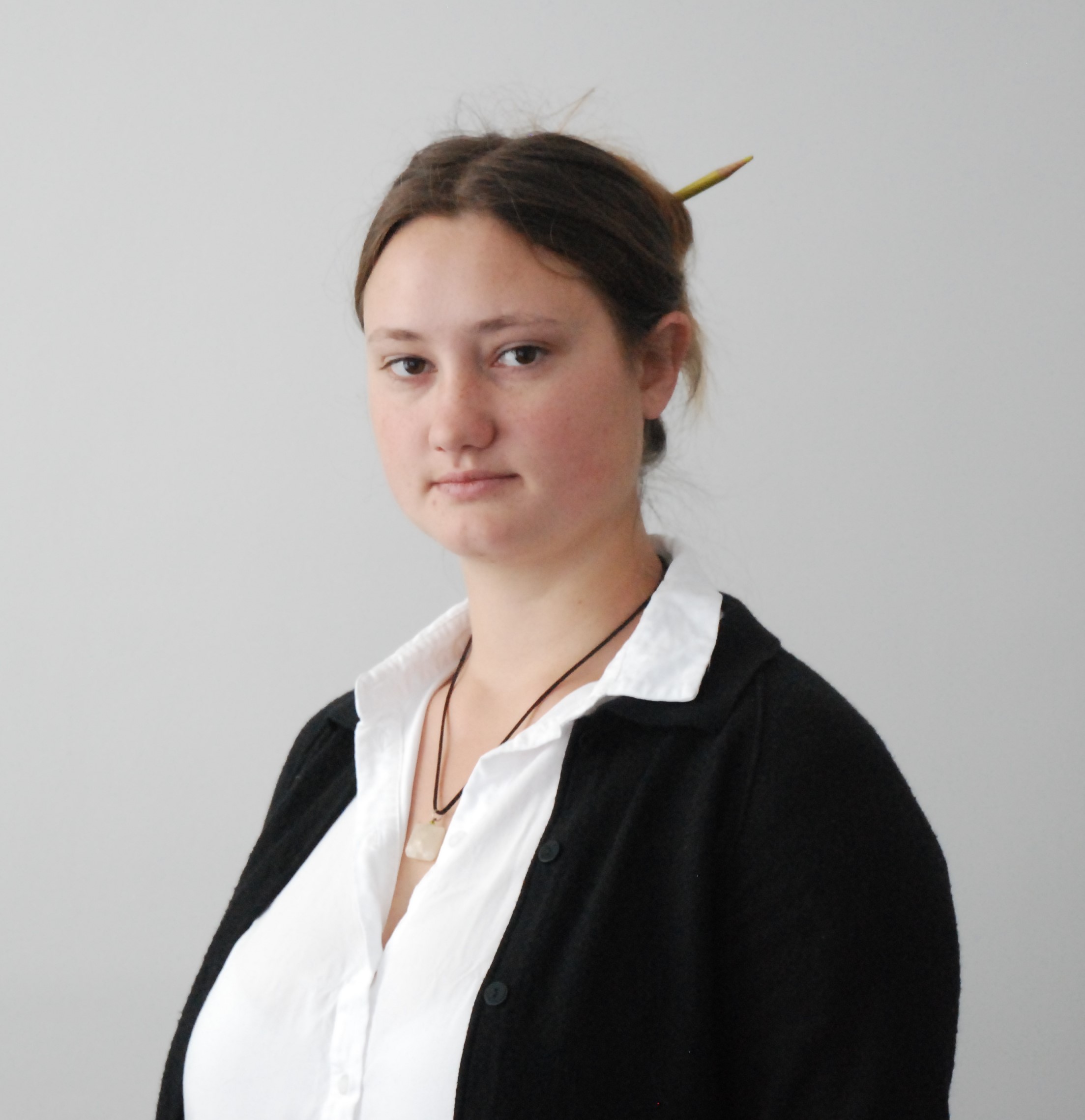While digital twins constitute an integral facet of an emerging technological landscape whose potential continues to grow, they largely elude recognition within the general public. Even amid the most adept technology enthusiasts, digital twins persist in kindling an aura of enigma. Nonetheless, as the global sphere undergoes transformation, so too does the dissemination of knowledge, and the ascendancy of digital twins gains momentum.
Chapter 1: The Study
The TriLab’s Vision
As part of its innovative endeavors, the TriLab— the innovation laboratory at Trialog—conducted a research project fortified by an internship program. This initiative was orchestrated with the primary objective of delving into the realm of digital twins, aiming to answer the following questions: What is a digital twin? What technologies are involved? How can we apply them in the field of electric mobility or in other areas of interest for Trialog? In our quest to answer these questions, we are also engaged in the development of a digital twin application intended to serve as a proof of concept exemplifying the tangible utility and viability of digital twin technology.
What is a Digital Twin?
This technology derives from the concepts of models and simulations, but is distinguished by its essential use of real-time data for simulations. In other words, a digital twin is a digital replica of a physical object capable of simulating in real time and interacting with its environment as if it were the physical object itself. Currently, digital twins lack norms and standards compared to other similar technologies, which explains the absence of a standardized and widely accepted definition for digital twins. In fact, current digital twin experts stress the idea that the notion of a digital twin is quite vast, making it difficult to create a definition that includes all possibilities and aspects.
Our Digital Twin concept
While we recognize the breadth of the concept of a digital twin, we use a restricted definition for the purposes of this project, such as the following definition proposed by IBM: “a virtual representation of an object or system that spans its entire life cycle, is updated from real-time data, and uses simulation, machine learning, and reasoning to aid decision making.” As a result, this description also includes the notion that a digital twin consists of three parts: a physical element (the object being twinned), a virtual element that represents the physical element digitally, and a communication interface enabling the two elements to communicate through bidirectional data. For us, these three elements must be included for a system to be considered a digital twin. However, it’s important to note that the notion of digital twins remains open-ended, and since no standards yet exist, all variations of the term are possible.
Technology surrounding Digital Twins
A wide range of technologies can be used to create a digital twin, including Internet of Things (IoT), artificial intelligence and machine learning, to name the most renowned. There’s also a lesser-known open source technology called “Eclipse Ditto” that offers a suitable interface for web-residing digital twins. Specifically, Eclipse Ditto is a platform designed for managing large-scale connected objects, enabling digital twins to be created and managed, while also offering monitoring and control functionalities. Ditto offers a digital representation of connected objects called “Things.” Each “Thing” is a JSON object with its own attributes that we can modify and interact with through the HTTP API. For our project, we have chosen to integrate this platform in the hope that Ditto will be able to manage our application’s infrastructure.

The Big Picture
Every research project involving digital twins is indeed part of a larger puzzle. The term twin is easy to understand, and allows a level of appropriation by non-engineers. It even conveys the idea of personalization and companionship. Nevertheless, discussions about digital twins continue, and the more we study it, the more we realize that it’s a very broad concept.
Chapter 2: Implementation
How can we use Digital Twins?
Use cases for digital twins are often linked to the objective of testing the interoperability of a system without the need to test the real physical systems, which could be costly and time-consuming. In fact, our digital twin could be used to test software changes by simulating charging stations. The idea is that the twins would react in the same way as the physical charging stations. Thus, we will create digital twins of EV charging stations using the following technologies: Eclipse Ditto for the backend, the Python language for development, and MongoDB for our database.
The Project Architecture
The architecture of this project involves the use of two in-house technologies developed by Trialog: T-EMS and OCPPvs. T-EMS stands for Trialog Energy Management System, a system capable of detecting and communicating with physical charging stations. We use T-EMS to obtain data on the charging stations, with which we can build a profile containing its configuration of the station. This profile is used to create a “Thing” in Ditto with the same OCPP configuration, which is then used by OCPPvs to simulate a charging station with the same parameters as the physical twin. OCPPvs is a technology capable of simulating OCPP communication, a standardized protocol provided by the Open Charge Alliance, between a charging station and an electric vehicle. Using (near) real-time data, OCPPvs goes beyond a simple simulation to simulate the charging station as a digital twin.

Chapter 3: Results and Conclusions
Results
In the end we were able to construct a basic proof of concept of a digital twin application. We have designed an application that can be considered a process digital twin that specifically twins the OCPP communication protocols of an EV Charging Station. The 3 main components of this digital twin include: (1) the physical station being twinned, (2) the virtual component consisting of a DT creator interface that pulls the OCPP configuration of the physical charging station, parses it into a Ditto Thing, and then feeds to OCPPvs simulation, and (3) bidirectional communication facilitated through Websocket communication and through Ditto. Overall, we have simply doubled the OCPP link by having one simulated and one real physical charging station.

Conclusions and future work
With our proof of concept, it is clear that incorporating digital twins into certain projects is feasible. However, it is also clear that there are currently no practical use cases relevant to Trialog’s interests. Given that this project is still at the stage of an internship, the results obtained provide a proof of concept and do not constitute a fully operational system. Therefore, the next steps could be to finalize the application by completing the T-EMS so as to have all the information OCPPvs needs. When the digital charging station twin is fully operational, we can consider adding extensions to it. For example, an interesting extension for the Electric Mobility team here at Trialog would be the creation of a digital twin exploiting sunshine data for photovoltaic systems: something that could be interesting for future projects.


